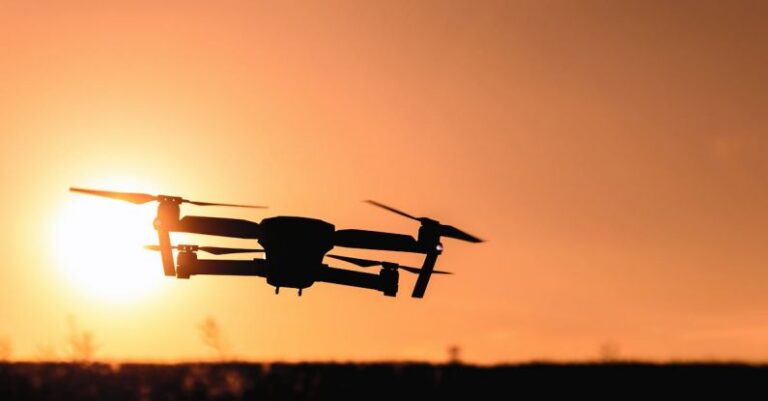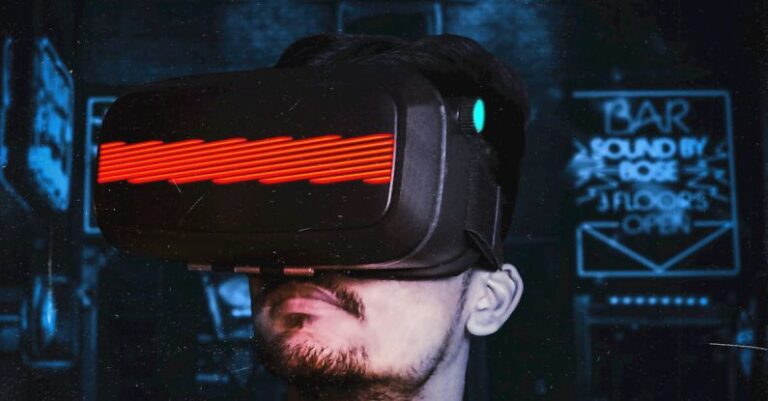
In today’s rapidly evolving technological landscape, robotics continues to push boundaries and drive innovation across various industries. From advancements in artificial intelligence to the development of more sophisticated hardware, the field of robotics is experiencing a surge of groundbreaking discoveries and inventions. In this article, we delve into some of the latest innovations in robotics that are reshaping the way we interact with machines and revolutionizing the possibilities of automation.
**Enhanced Human-Robot Interaction**
One of the key areas of focus in robotics research is improving the interaction between humans and robots. Recent innovations have led to the development of robots that are capable of understanding and responding to human emotions, gestures, and speech with a higher degree of accuracy and sensitivity. These advancements have paved the way for more seamless collaboration between humans and robots in various settings, ranging from healthcare and education to manufacturing and customer service.
**Soft Robotics**
Soft robotics is an emerging field that involves the design and development of robots using flexible and deformable materials. Unlike traditional rigid robots, soft robots mimic the flexibility and dexterity of natural organisms, making them ideal for navigating complex and dynamic environments. Recent innovations in soft robotics have led to the creation of robots that can squeeze through tight spaces, adapt to uneven terrains, and interact safely with humans. These advancements hold immense potential for applications in search and rescue missions, medical procedures, and delicate manufacturing processes.
**Autonomous Drones**
Drones have become increasingly popular for various commercial and recreational purposes, thanks to their versatility and accessibility. The latest innovations in drone technology have focused on enhancing their autonomy and intelligence, enabling them to perform more complex tasks with minimal human intervention. Autonomous drones equipped with advanced sensors, machine learning algorithms, and computer vision capabilities can now navigate environments, avoid obstacles, and complete missions with a high level of precision and efficiency. From aerial photography and surveillance to delivery services and agriculture, autonomous drones are revolutionizing industries and opening up new possibilities for innovation.
**Robotic Exoskeletons**
Robotic exoskeletons are wearable devices that augment the physical capabilities of the wearer, ranging from enhancing strength and endurance to assisting with mobility and rehabilitation. Recent advancements in robotic exoskeleton technology have led to the development of lightweight and ergonomic designs that provide users with more comfort and freedom of movement. These exoskeletons are being used in various applications, such as assisting individuals with mobility impairments, reducing the risk of injuries in industrial settings, and enhancing performance in sports and military operations. The integration of advanced sensors and actuators in robotic exoskeletons has further improved their functionality and user experience, making them a promising tool for enhancing human capabilities.
**Robotic Process Automation**
Robotic process automation (RPA) is a technology that enables the automation of repetitive and rule-based tasks using software robots or bots. Recent innovations in RPA have focused on enhancing the intelligence and adaptability of these robots, allowing them to perform a wider range of tasks with greater efficiency and accuracy. Advanced RPA systems can now integrate with other technologies such as artificial intelligence and machine learning to automate more complex processes, analyze data, and make informed decisions in real-time. This has led to significant improvements in productivity, cost savings, and operational efficiency for organizations across various industries, from finance and healthcare to manufacturing and customer service.
**Innovations in Robotics: Shaping the Future**
The latest innovations in robotics are driving a new era of technological advancement and reshaping the way we perceive and interact with machines. From enhanced human-robot interaction and soft robotics to autonomous drones, robotic exoskeletons, and robotic process automation, these advancements are revolutionizing industries and unlocking new possibilities for innovation and automation. As robotics continues to evolve and expand its capabilities, we can expect to see even more transformative applications and groundbreaking discoveries that will shape the future of automation and robotics in the years to come.





